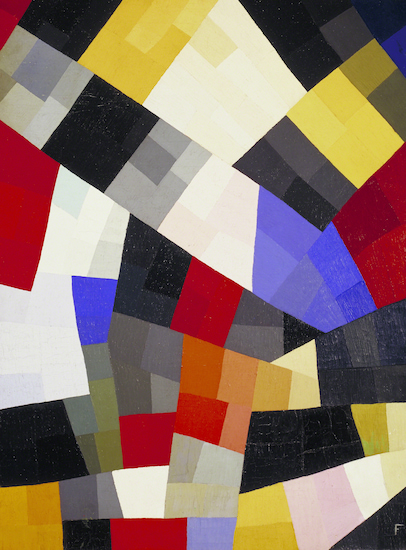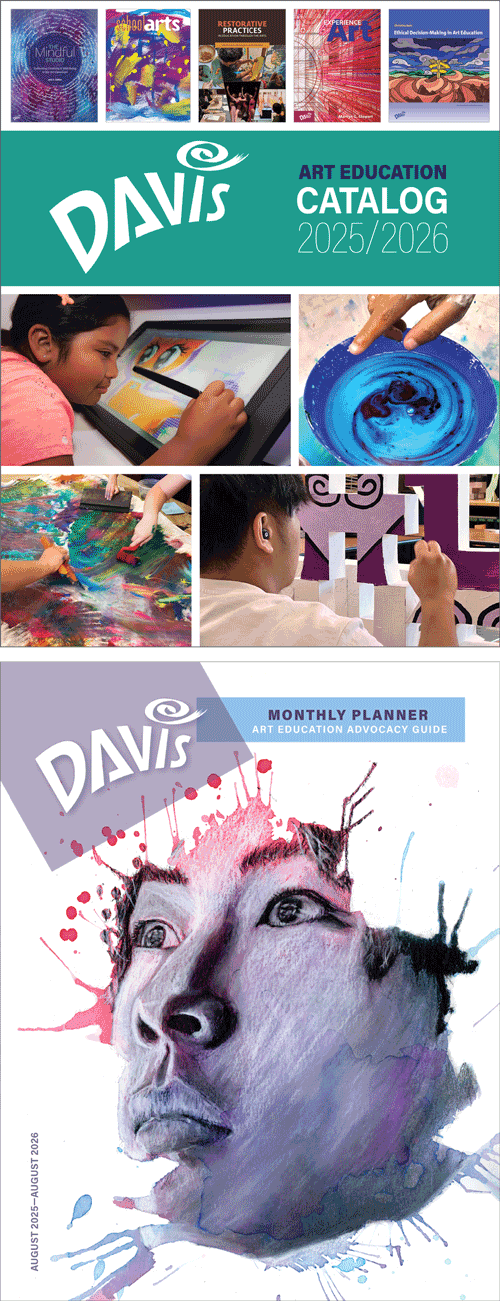Artist Birthday: Otto Freundlich
The works of Otto Freundlich reflect the prevalence of geometric abstraction among Western European artists in the period between World War I (1914–1918) and World War II (1939–1945). His work is a combination of influences from De Stijl (Neo-Plasticism), Concrete Art, and Russian Constructivism.
Artist Birthday for 10 July: Otto Freundlich (1879–1943, Germany)
Otto Freundlich was active in the exciting period between wars of experiment with geometric abstraction.
 |
| Otto Freundlich, The Unity of Life and Death, 1936–1938. Oil on canvas, 118 x 90.2 cm. Image © 2025 The Museum of Modern Art, New York. (MOMA-P3035) |
Freundlich was fascinated by many art forms – mosaic, tapestry, and stained glass – and he drew inspiration from these, particularly stained glass. He was also impressed with Paul Cézanne’s (1839–1906) theories about the underlying geometric structure of compositions, and by van Gogh’s (1853–1890) vivid colors. He was able to balance these two powerful elements – geometric shapes and chromatic variations – giving energy to his groups of colored units.
Among the many countries in Europe out of which abstract art emerged during the first three decades of the 1900s, Germany was among the most prominent. The German Expressionists, starting before World War I, were instrumental in guiding German progressive art towards abstraction by emphasizing emotion over the physical world. The Bauhaus School (1919–1933), greatly influenced by the Russian non-objective Constructivism movement, cemented Germany’s role in the development of abstract European art.
Otto Freundlich was a forerunner in abstraction, already producing non-objective abstract works before 1912. He was born in Stolp, Germany (now Słusk, Poland). He initially studied dentistry before deciding to be an artist. He studied art history in Berlin and Florence, executing his first works in 1907 in the German version of Art Nouveau (Jugendstil). In 1908 he went to Paris and rented a studio in the artists’ quarter of Montmartre, where he associated with the Cubists Pablo Picasso (1881–1973), Georges Braque (1882–1963) and Juan Gris (1887–1927). Between 1908 and 1918, he divided his time between Berlin, Munich, and Paris.
Freundlich was very active in the progressive art scene in Europe. He worked in a stained glass restoration studio in Chartres, wrote various reviews, became a member of the radical artists’ November Group after World War I, and in 1919 helped organize the first Dada exhibition in Cologne, Germany. In 1930 he was a member of the French abstract artists’ group in Paris Circle and Square, and then in 1931 the group Abstraction Creation which advocated for free form abstraction. As a theoretician, he published the book The Paths of Abstract Art in 1934, and in 1936 established a private art academy in Paris where he taught painting and drawing.
In 1937, one of Freundlich’s abstract sculptures was on the cover of the exhibition catalog for the Nazi-organized “Degenerate Art” traveling show. The German Nazis denounced modern art. After World War II (1939-1945) broke out, he remained in France, where for awhile Picasso helped him avoid detention (Freundlich was Jewish). Unfortunately, he was denounced in 1943 and sent to Madjanek concentration camp in Lublin, Poland, where he died.

Comments